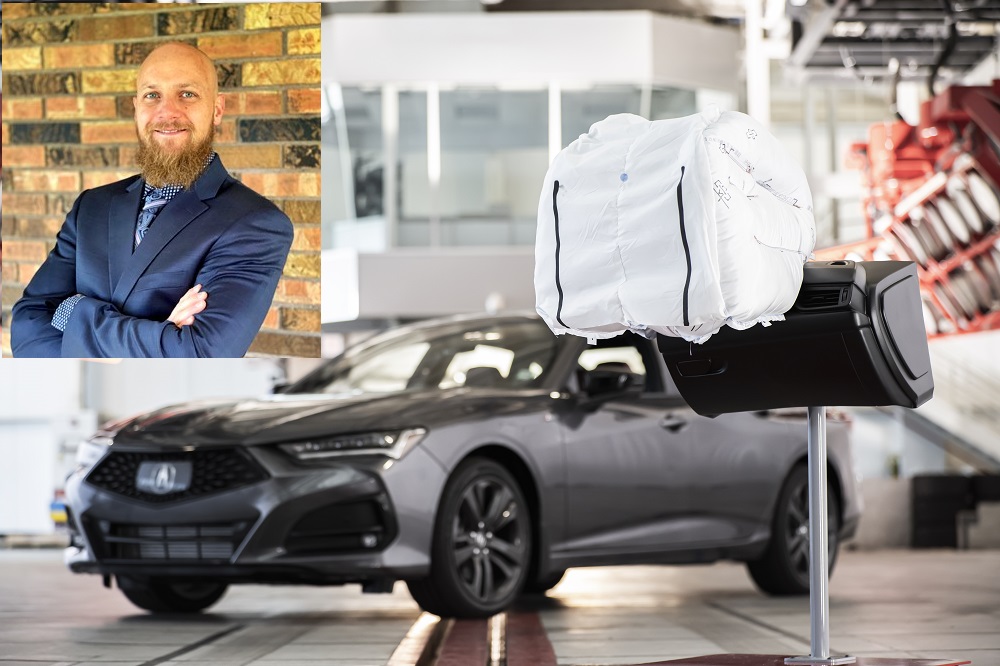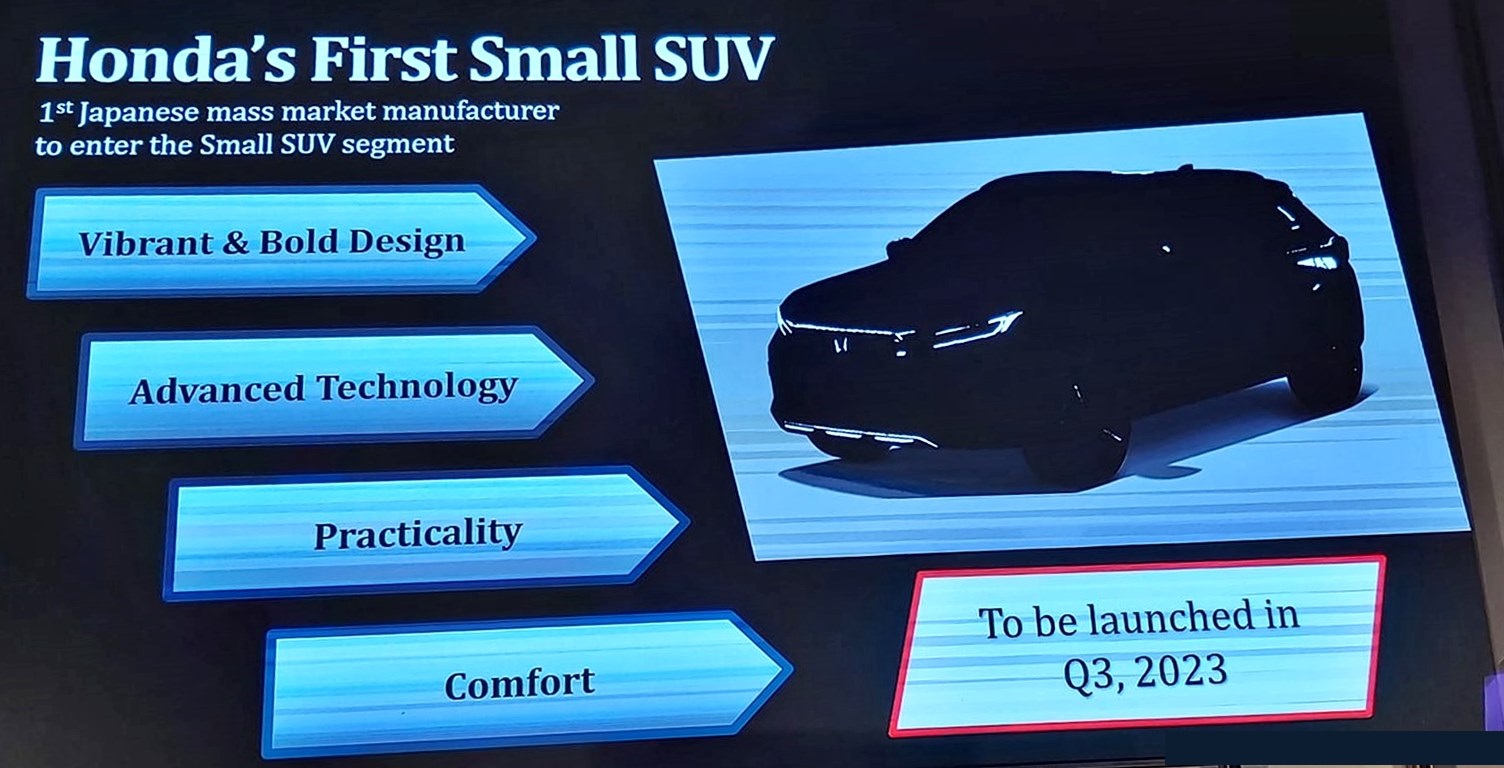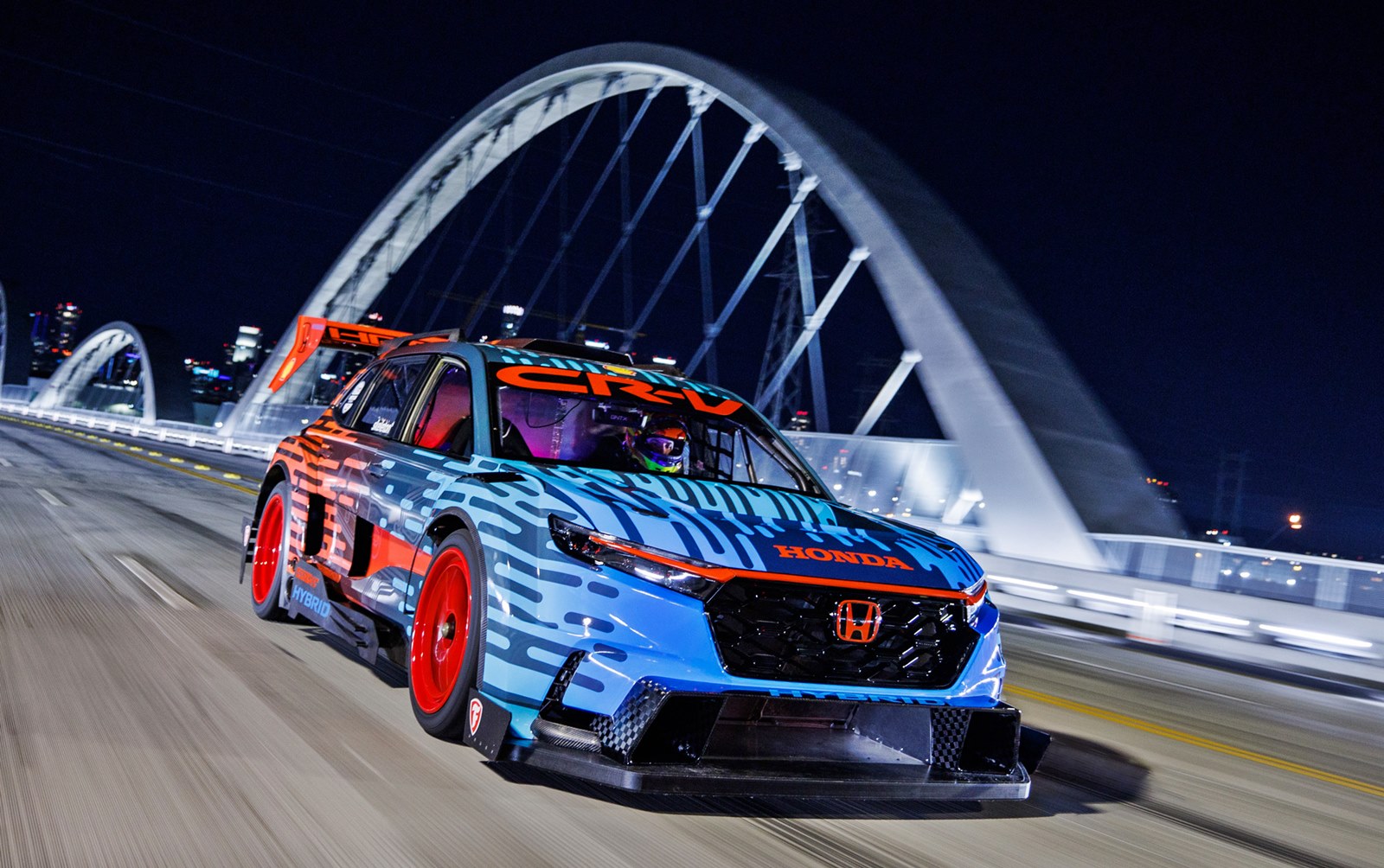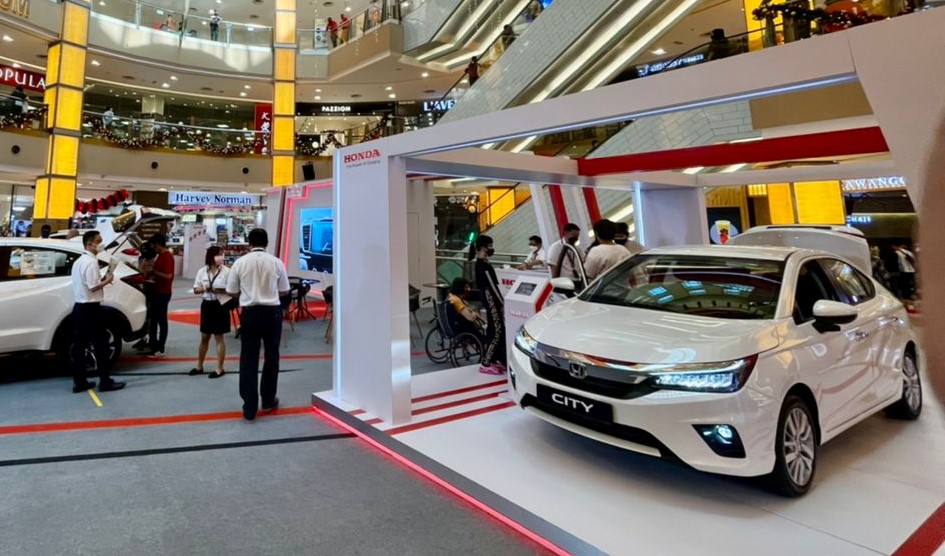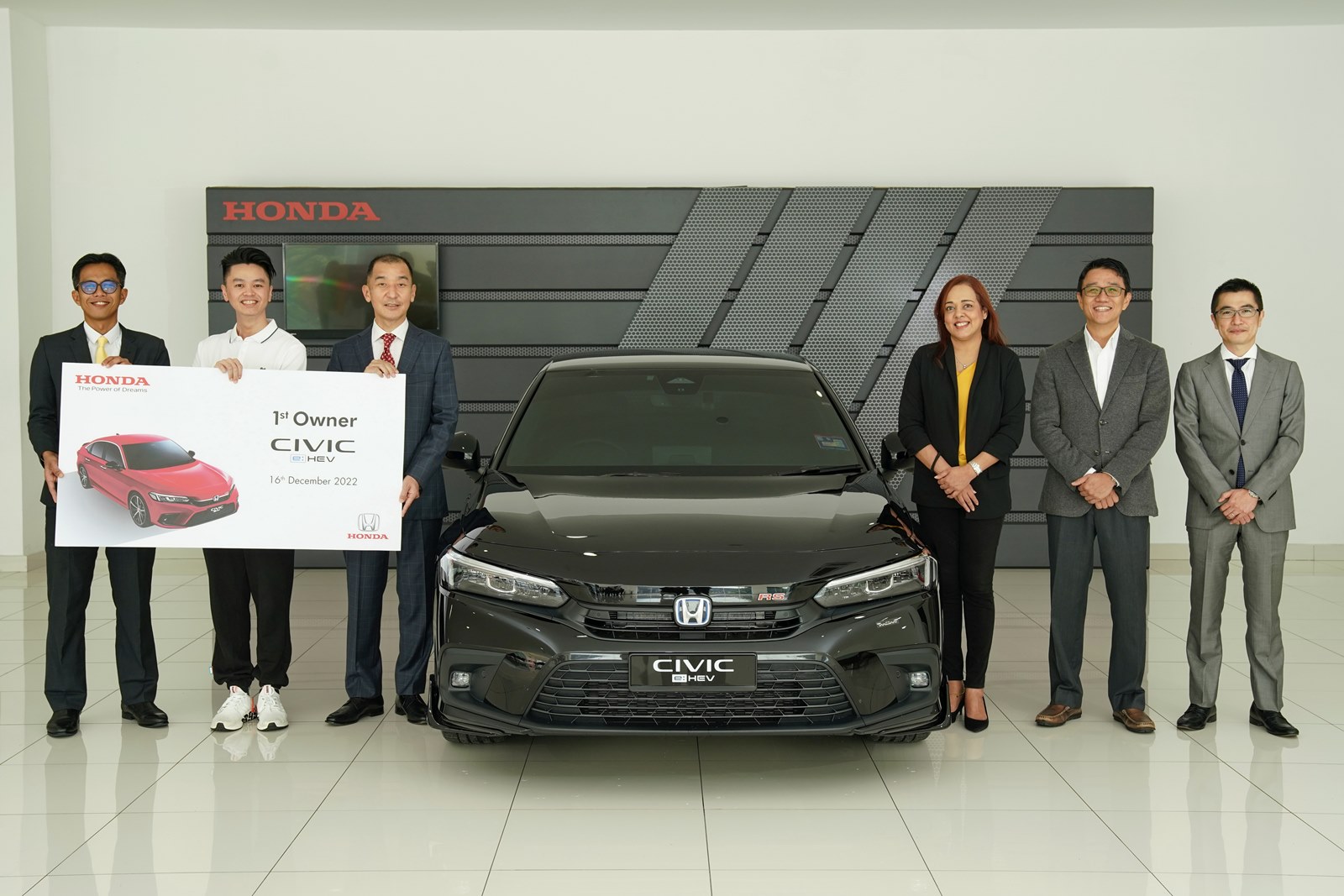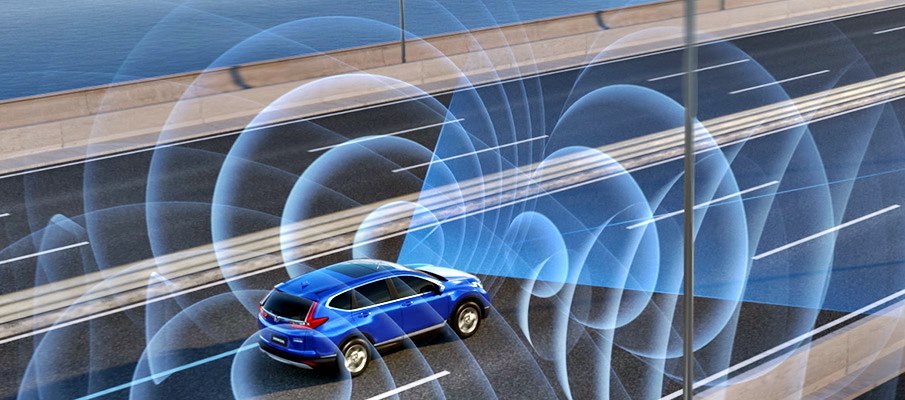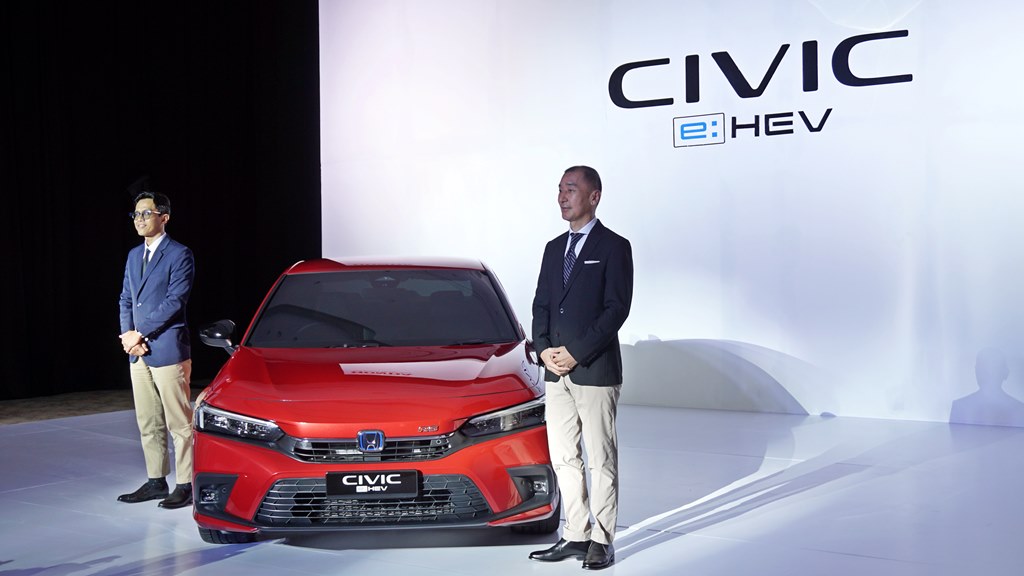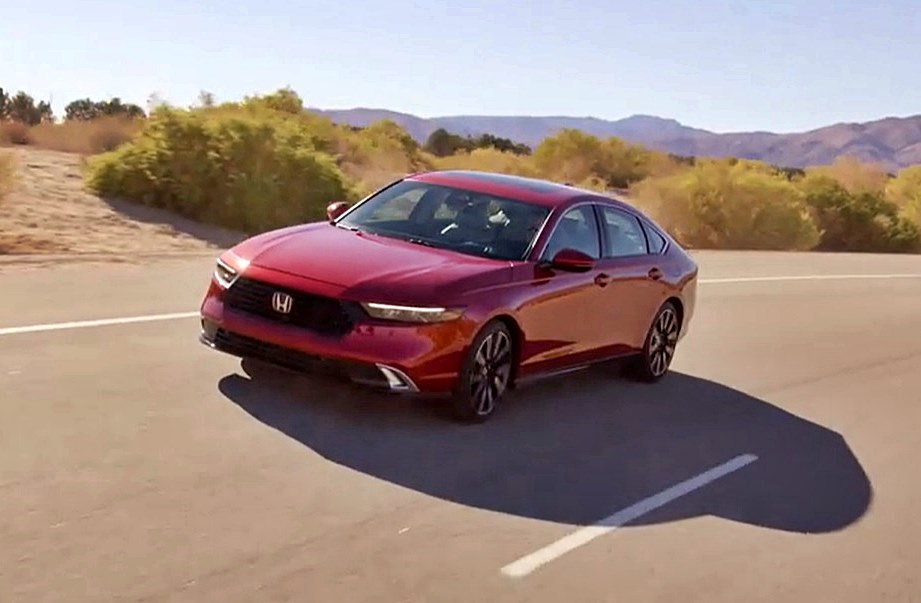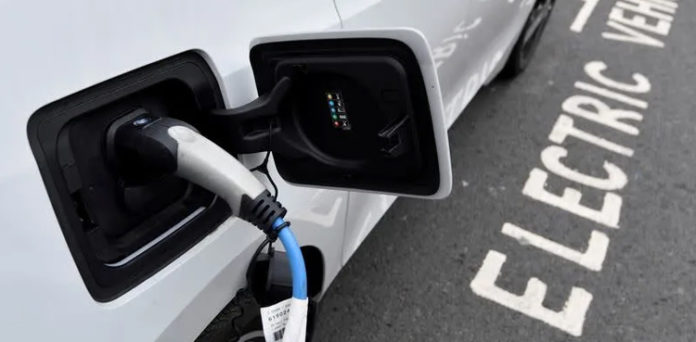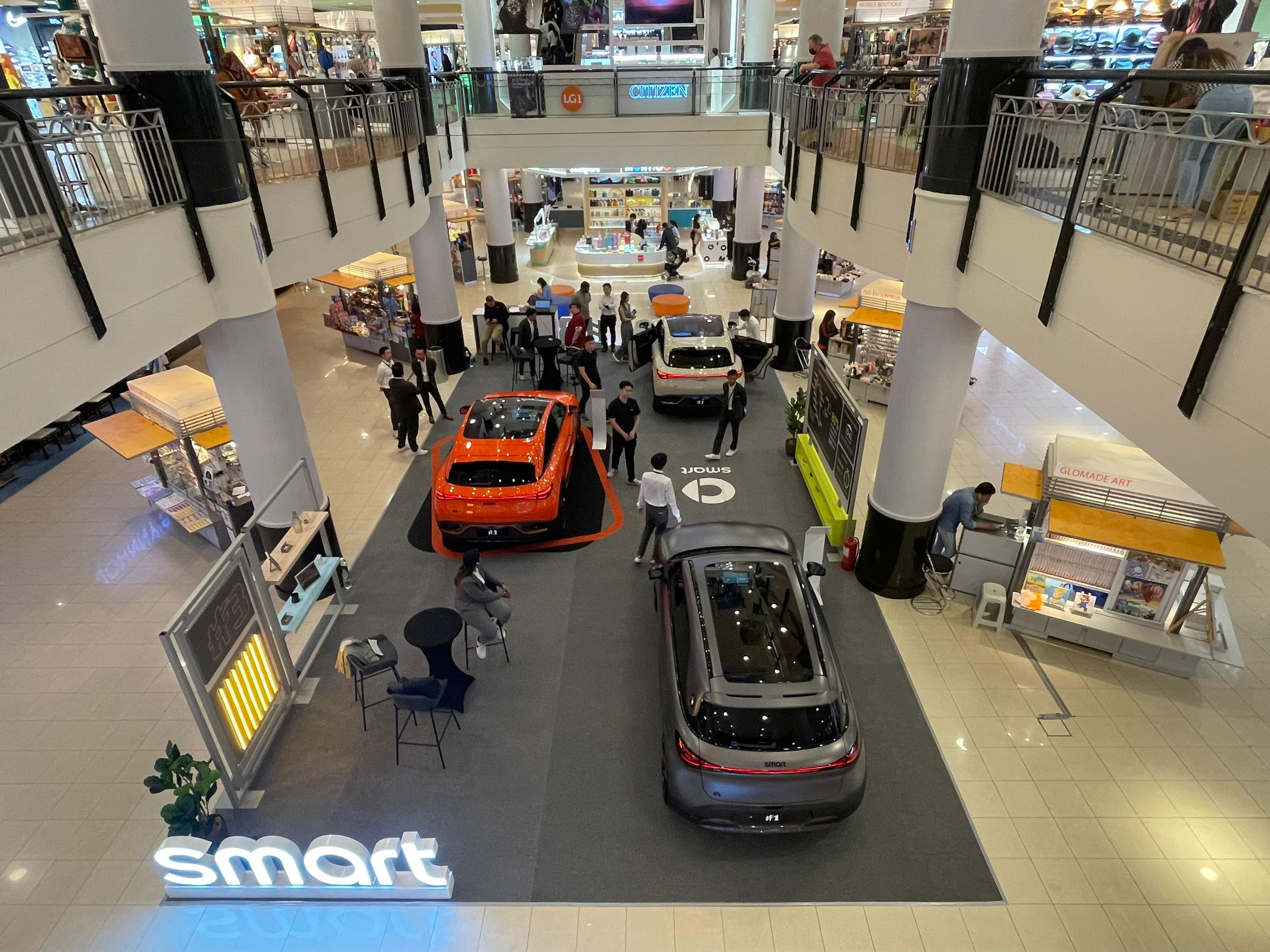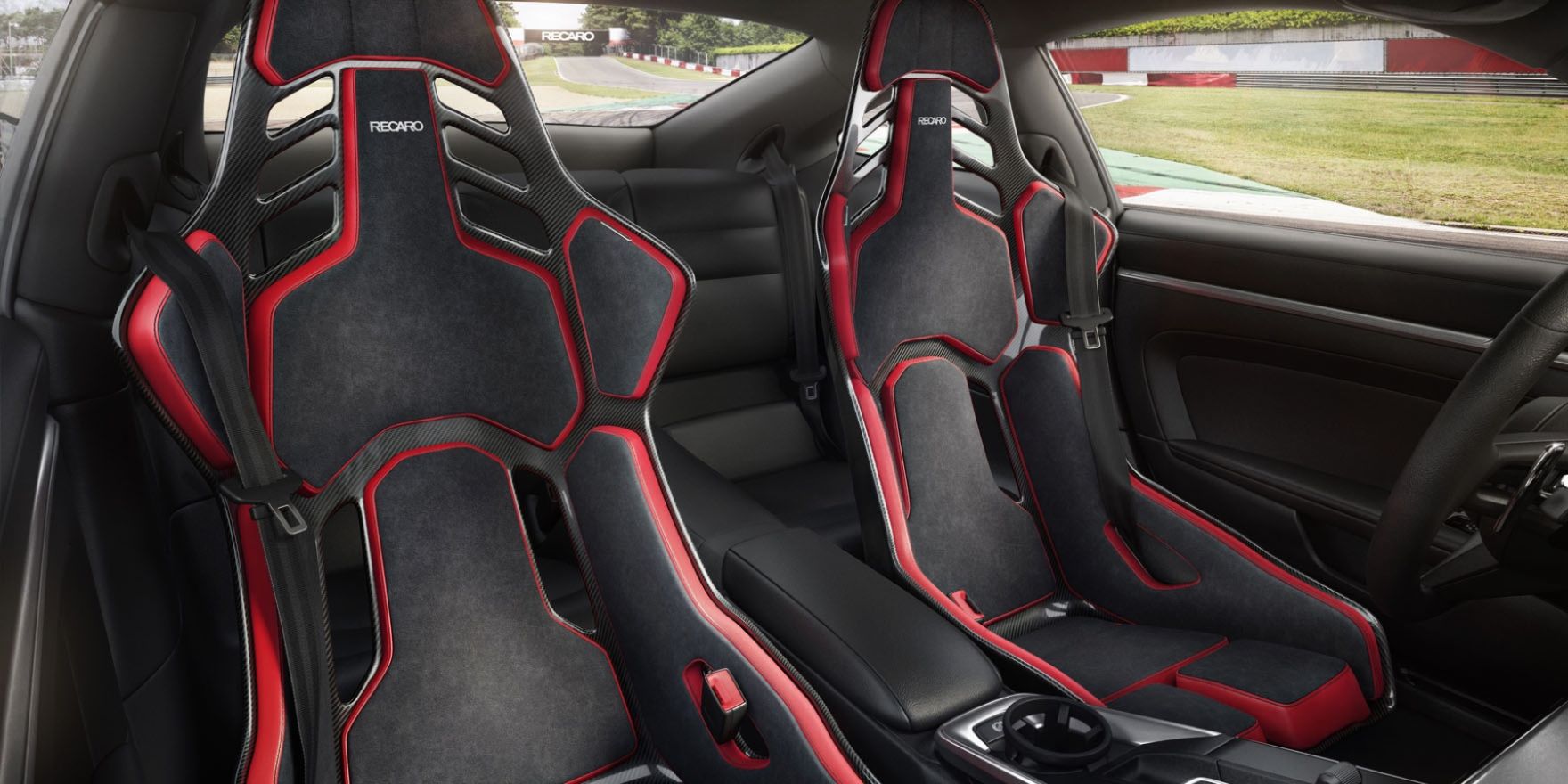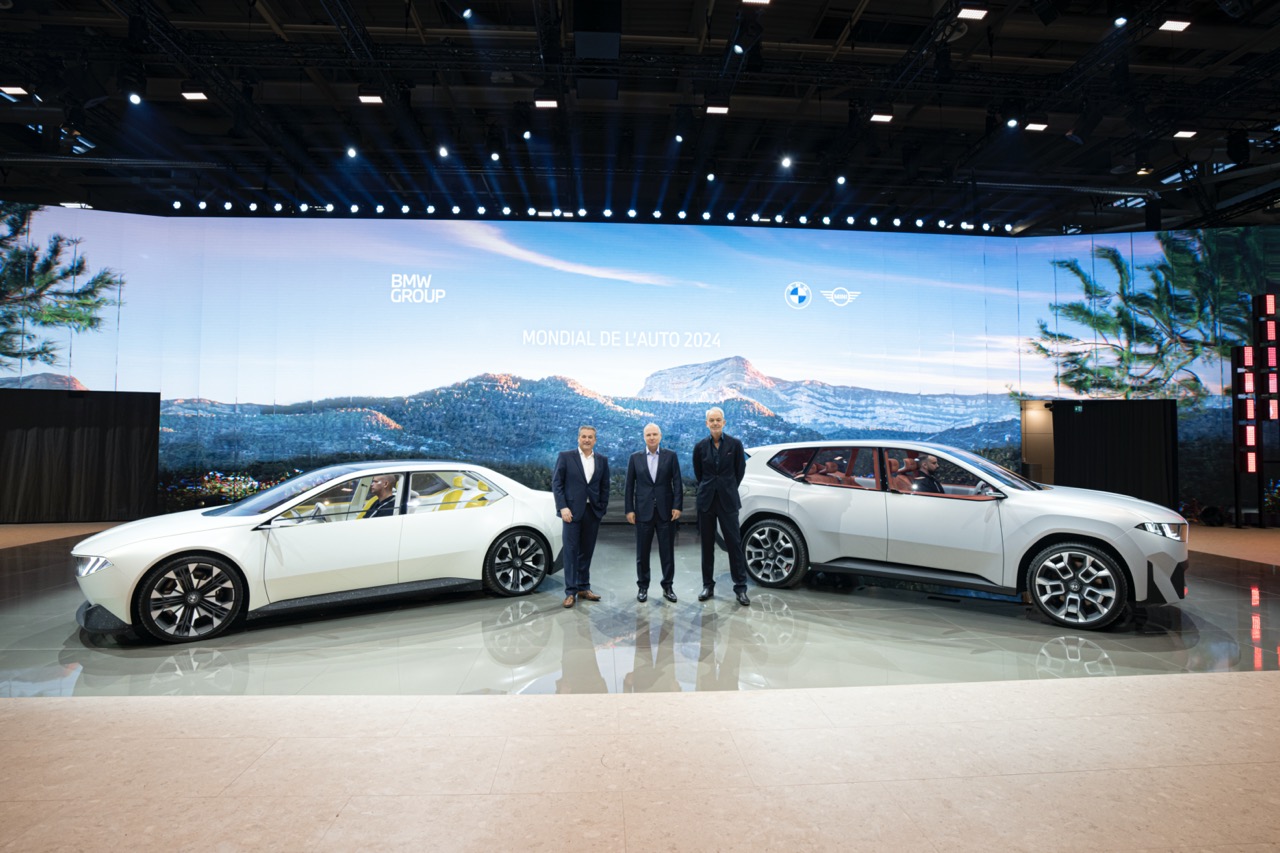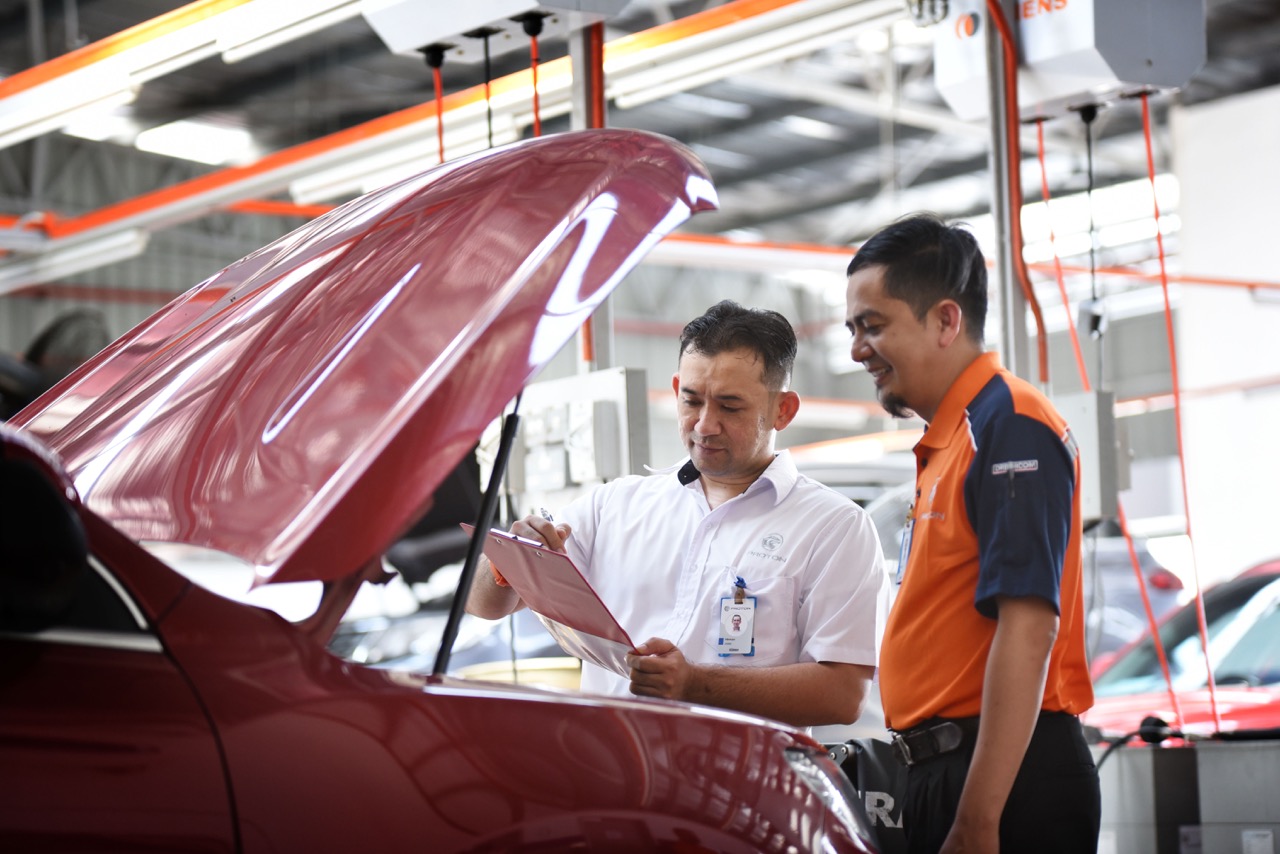Along with seatbelts, the airbag has also saved countless lives around the world. The Supplementary Restraint Systems (SRS) – so-called because they should be used with seatbelts – have been around since the 1970s and are installed in virtually all modern cars.
Airbag systems initially began as just a bag inflating to provide a cushioning effect and prevent the head of the driver or front passenger from hitting the steering wheel or windscreen, reducing the risk of serious head injuries. But researchers have constantly tried to make airbags more effective in various ways and to provide cushioning and protection in a greater number of conditions.
Honda R&D has been hard at work for decades to make airbags better and developed a ground-breaking front passenger airbag design some years back. The airbag technology is designed to better manage lateral collision forces that can cause an occupant’s head to rotate severely at high velocity and slide off a conventional airbag, increasing the chance of serious injury.
(more…)



